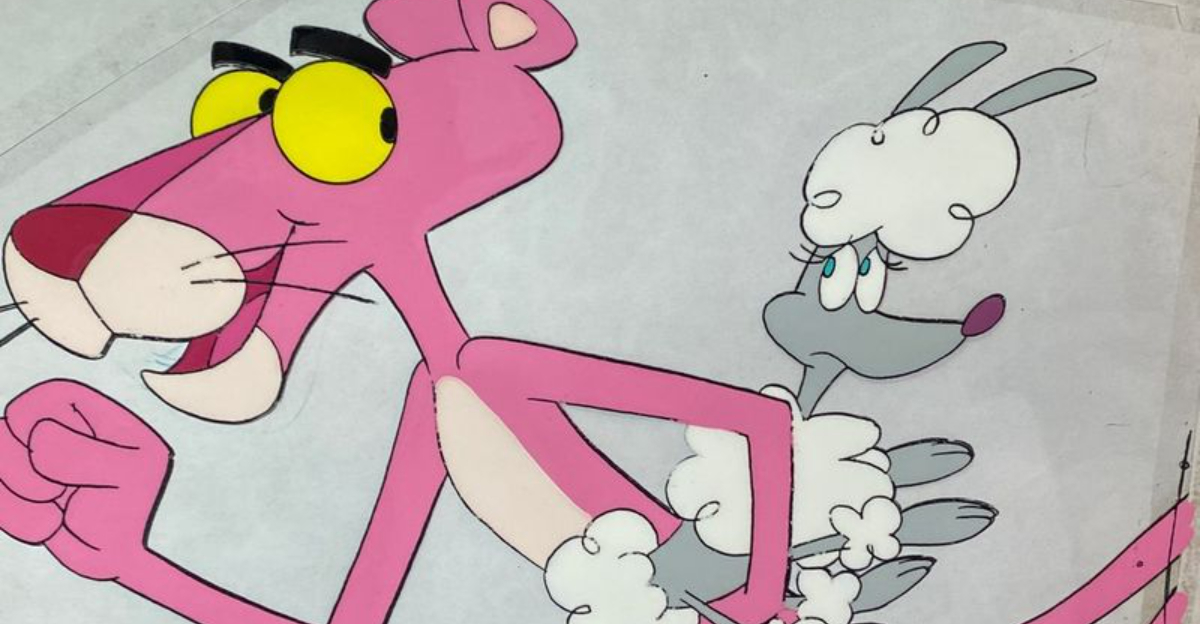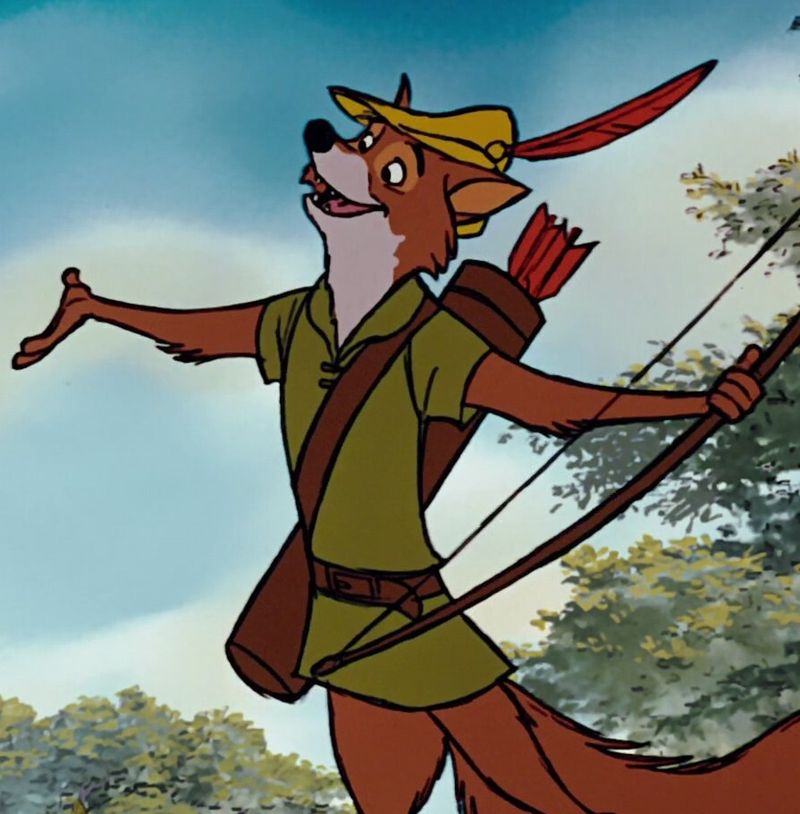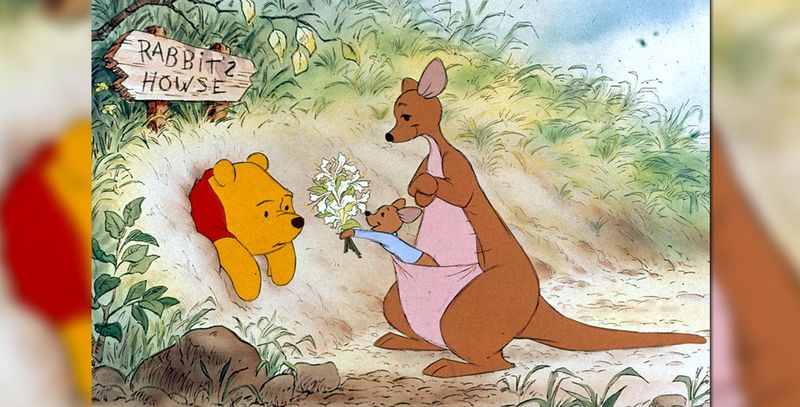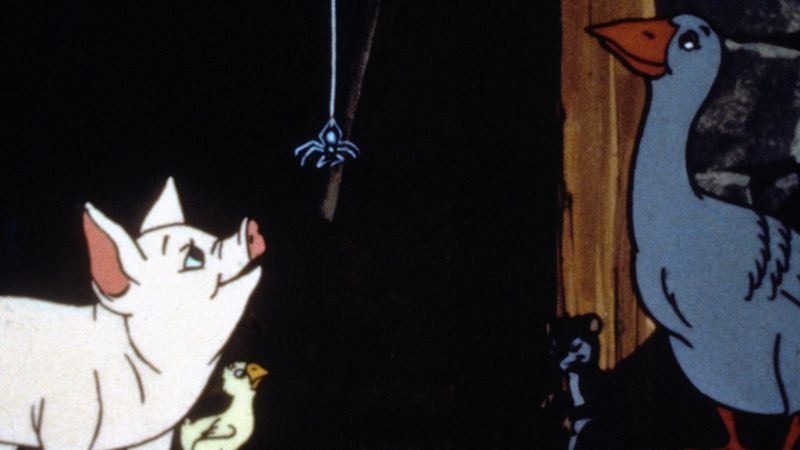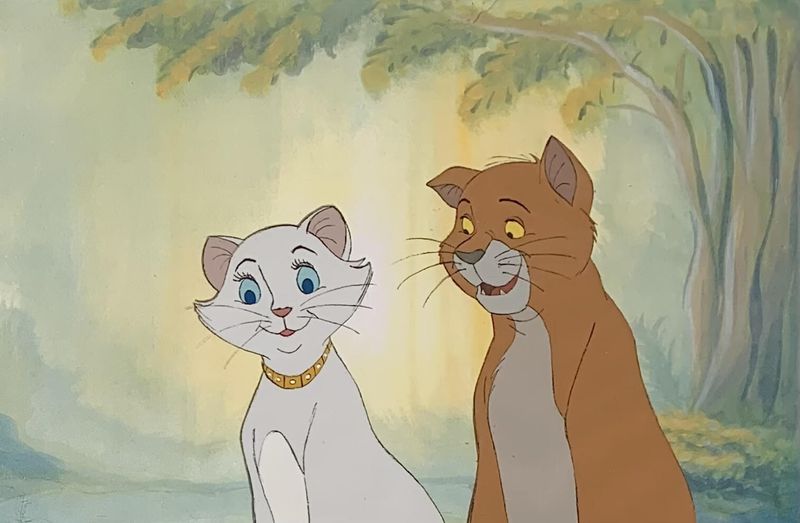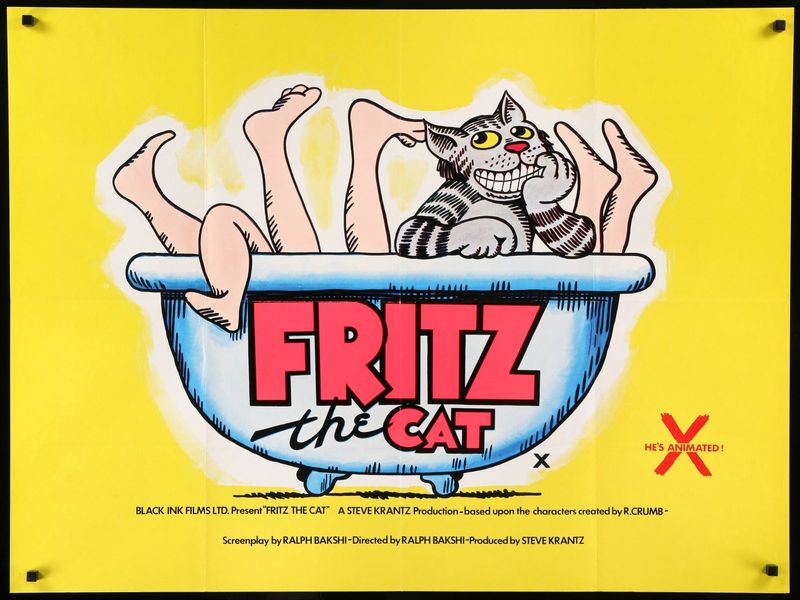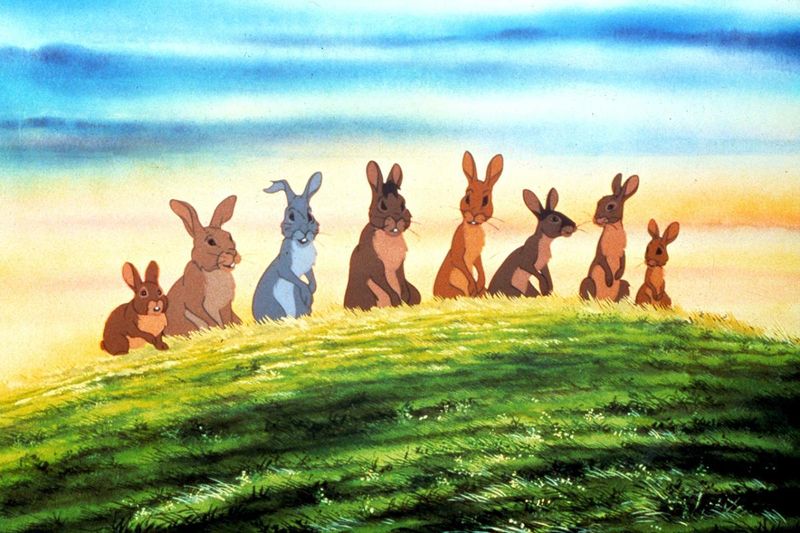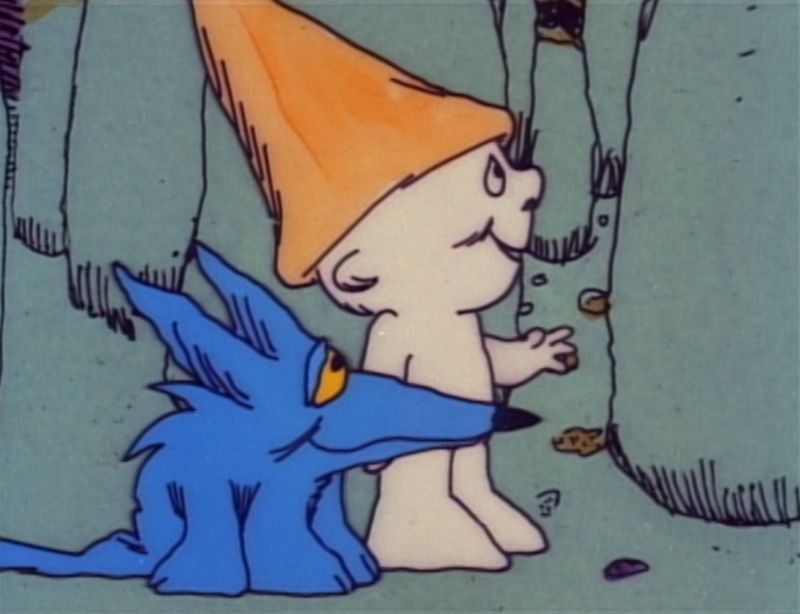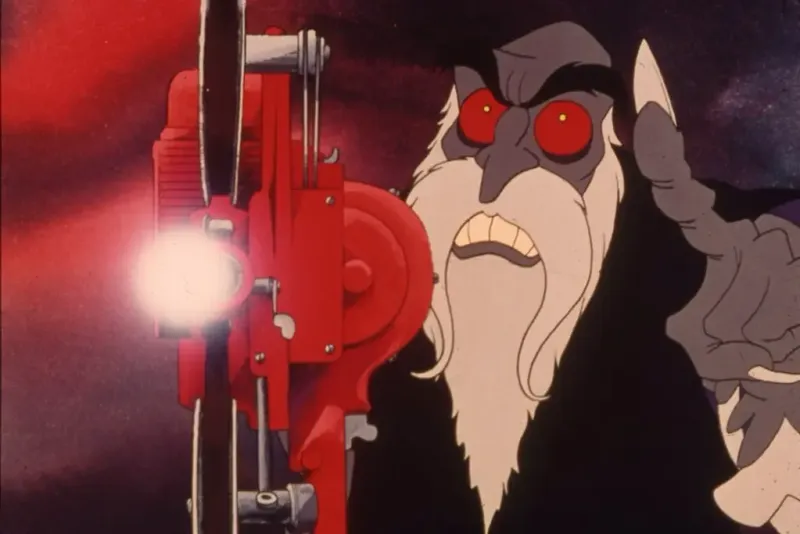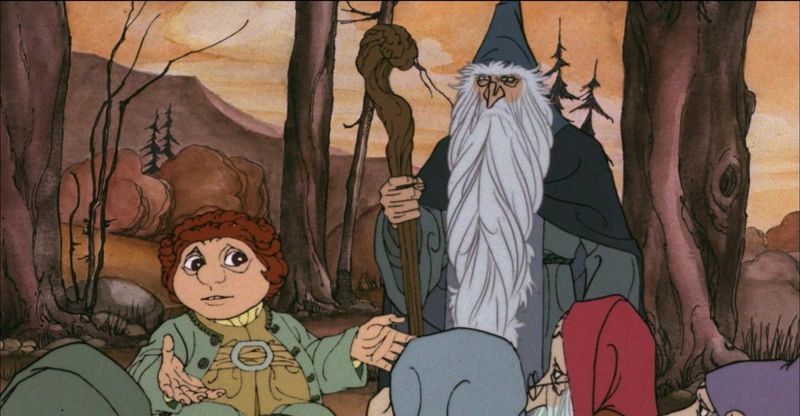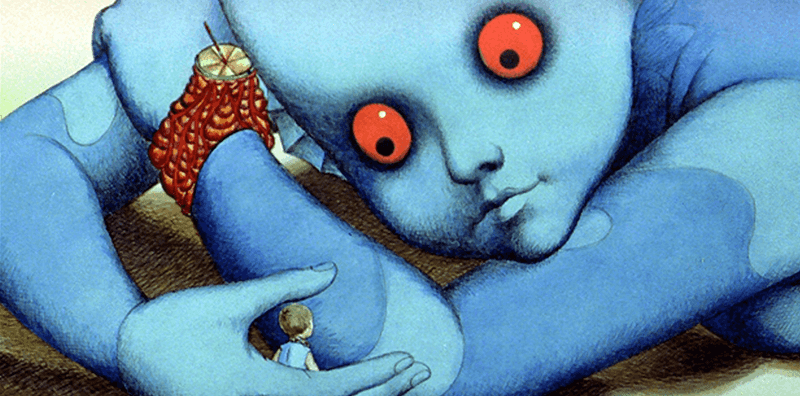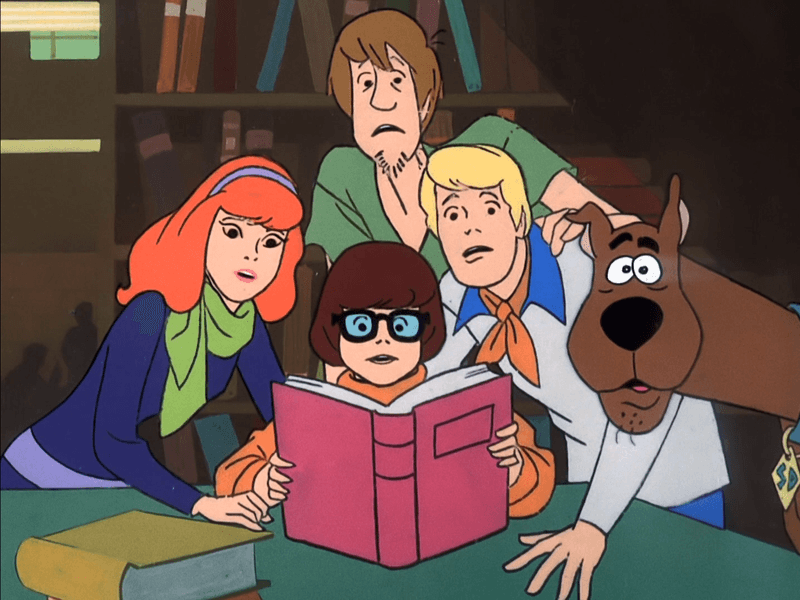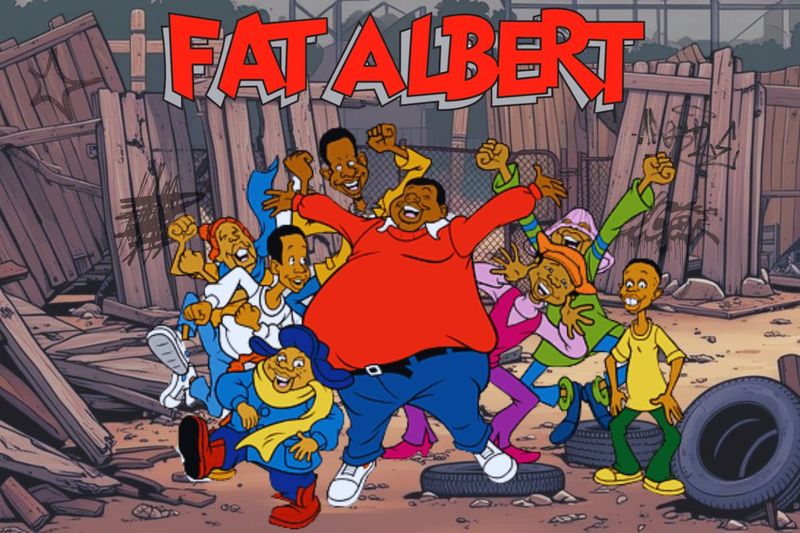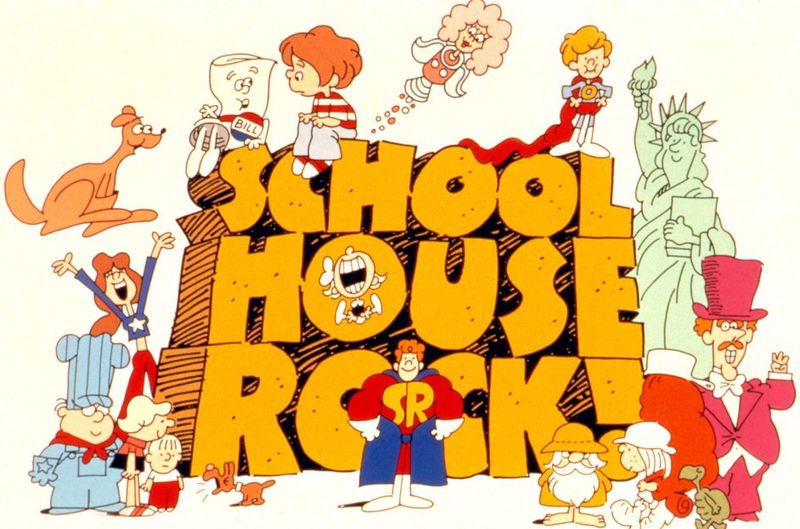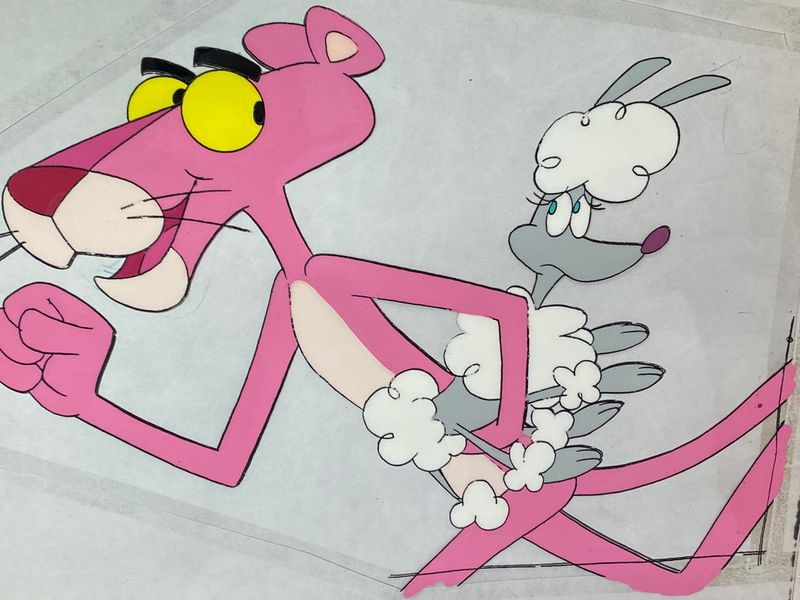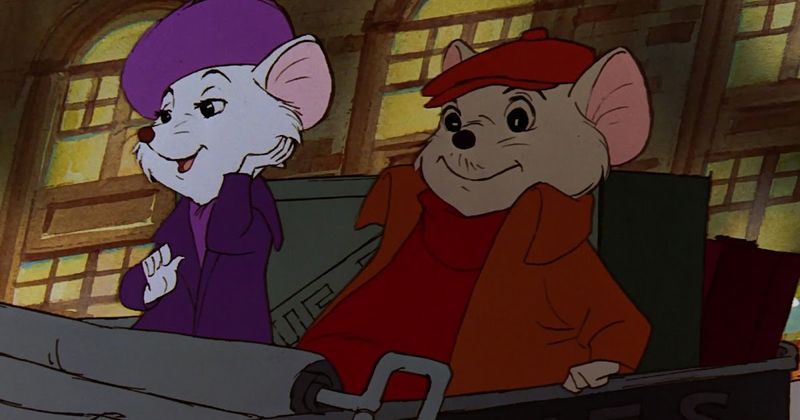The 1970s brought magical animated worlds into living rooms across America, creating shared memories for an entire generation. From Disney’s theatrical masterpieces to Saturday morning cartoon blocks, these colorful adventures shaped imaginations and values in equal measure. Whether you grew up with these classics or are discovering them for the first time, these fifteen animated treasures capture the unique spirit of a decade when animation truly found its voice.
1. Robin Hood (1973)
Fox-faced heroism stole hearts when Disney reimagined the legendary outlaw with furry forest dwellers. The studio’s 21st animated feature arrived during a creative transition period, yet managed to become a cultural touchstone. Children fell in love with the charismatic fox Robin and his bear companion Little John, while parents appreciated the film’s gentle humor and medieval charm. Peter Ustinov’s performance as the thumb-sucking lion Prince John remains delightfully villainous. The folksy soundtrack featuring Roger Miller’s “Oo-De-Lally” provided the perfect backdrop for Robin’s adventures through Sherwood Forest, cementing this animal-kingdom retelling as a beloved classic.
2. The Many Adventures of Winnie the Pooh (1977)
Honey-loving bears and philosophical piglets entered the mainstream when Disney compiled three previously released featurettes into this heartwarming anthology. Sterling Holloway’s distinctive voice brought the stuffed bear to life, creating the definitive version of A.A. Milne’s beloved character. The Hundred Acre Wood became a magical escape for children navigating the often confusing real world. Each character represented different personality traits—anxious Piglet, gloomy Eeyore, bouncy Tigger—helping kids understand complex emotions. The film’s gentle pacing and watercolor-inspired animation style created a dreamy quality that perfectly matched the innocent adventures of Christopher Robin and his stuffed companions.
3. Charlotte’s Web (1973)
Mortality and friendship intertwined in this barnyard masterpiece that introduced countless children to the concept of loss. Hanna-Barbera’s adaptation of E.B. White’s classic novel featured Debbie Reynolds as the voice of Charlotte, the spider who sacrifices everything for her pig friend. The animation style balanced realism with child-friendly designs, creating a farm world that felt authentic yet approachable. Memorable songs like “Zuckerman’s Famous Pig” added musical charm to the poignant story. For many ’70s kids, Wilbur and Charlotte’s friendship provided their first meaningful encounter with themes of mortality, legacy, and the circle of life—all packaged in a film parents trusted to handle these topics with appropriate sensitivity.
4. The Aristocats (1970)
Jazz-loving felines swung into the new decade with Disney’s musical tale of kidnapped Parisian cats. As the first Disney animated feature completed after Walt Disney’s death, the film represented a transitional moment for the studio. Duchess and her three kittens—Marie, Berlioz, and Toulouse—charmed audiences with their posh personalities and artistic talents. Their unlikely hero, the alley cat Thomas O’Malley, introduced children to a charismatic rogue with a heart of gold. The film’s standout musical number, “Everybody Wants to Be a Cat,” remains one of Disney’s most memorable compositions, blending jazz, scat singing, and psychedelic animation in a sequence that perfectly captured the era’s creative energy.
5. Fritz the Cat (1972)
Animation’s boundaries shattered when Ralph Bakshi directed this X-rated adaptation of Robert Crumb’s underground comic. As the first animated feature to receive the adults-only rating, Fritz the Cat represented a seismic shift in perceptions about what animation could address. The anthropomorphic feline protagonist navigated a world of drugs, sex, and counterculture politics that reflected America’s social upheaval. Parents were horrified, college students were fascinated, and the film industry was forever changed. Though many ’70s kids weren’t allowed anywhere near this controversial film, its cultural impact trickled down through older siblings and media coverage, creating a forbidden mystique that influenced how a generation viewed animation’s potential.
6. Watership Down (1978)
Rabbits faced extinction in this British animated feature that traumatized a generation expecting cute bunnies. Based on Richard Adams’ novel, the film followed a group of rabbits seeking a new home while confronting predators, humans, and their own kind. The animation style blended naturalistic backgrounds with slightly stylized animal characters, creating a world that felt both familiar and mythic. Voice performances by John Hurt and Richard Briers brought emotional depth to the rabbit protagonists. Parents often mistakenly assumed this was child-friendly fare, leading to shocked young viewers witnessing surprisingly graphic violence and dark themes. Despite—or perhaps because of—this intensity, the film became a formative experience for ’70s kids.
7. The Point! (1971)
Round-headed Oblio challenged conformity in this psychedelic ABC television special featuring music by Harry Nilsson. The story followed a boy born without a pointed head in a world where everything and everyone had points. Ringo Starr’s narration (in the most widely distributed version) added Beatles-adjacent credibility to this trippy fable about acceptance and individuality. The minimalist animation style, with simple line drawings and limited color palette, created a dreamlike quality perfect for the story’s allegorical nature. Nilsson’s soundtrack album, featuring the hit song “Me and My Arrow,” often introduced children to the special before they’d even seen it. The film’s message about celebrating differences resonated strongly with families during a decade of social change.
8. Wizards (1977)
Post-apocalyptic fantasy collided with anti-fascist messaging in Ralph Bakshi’s ambitious animated feature. Set millions of years after nuclear holocaust, the film pitted the wizard Avatar against his evil twin brother Blackwolf in a battle between magic and technology. Bakshi’s signature blend of traditional animation with rotoscoping and stock footage created a visually stunning yet unsettling world. The film’s most controversial sequence incorporated actual Nazi propaganda footage, creating powerful commentary on how media can be weaponized. Though marketed to children, Wizards contained mature themes and imagery that puzzled young viewers while fascinating teenagers. Its cult status grew throughout the decade as audiences gradually recognized its artistic ambition and anti-war message.
9. The Hobbit (1977)
Middle-earth materialized on television screens when Rankin/Bass adapted Tolkien’s beloved novel into an animated musical adventure. The distinctive animation style, with its round-faced characters and watercolor backgrounds, created a folksy interpretation of Tolkien’s world that contrasted with later adaptations. Glenn Yarbrough’s haunting ballads, particularly “The Greatest Adventure,” provided an emotional backbone to Bilbo’s journey. The character designs, while sometimes criticized for deviating from Tolkien’s descriptions, became many children’s first visual reference for hobbits, dwarves, and dragons. Broadcast annually during the holiday season, this 77-minute special served as countless children’s introduction to fantasy literature. Its success paved the way for animated versions of The Lord of the Rings and a generation’s worth of fantasy animation.
10. Fantastic Planet (1973)
Surrealist science fiction reached new heights in this French-Czech animated masterpiece that depicted humanity’s struggle against alien oppressors. Set on a distant planet where giant blue beings called Draags keep humans (Oms) as pets, the film served as a powerful allegory for Soviet occupation and class struggle. René Laloux’s direction and Roland Topor’s distinctive cutout animation style created a hauntingly beautiful alien world. The jazz-fusion soundtrack by Alain Goraguer perfectly complemented the film’s otherworldly visuals. Though primarily screened at art houses and midnight movies, the film gradually found its way to curious teenagers through television broadcasts. Its trippy visuals and anti-authoritarian themes resonated with young viewers coming of age during a decade of political disillusionment.
11. Scooby-Doo, Where Are You! (1969-1970)
Ghost-hunting teenagers and their talking Great Dane dominated Saturday mornings throughout the ’70s despite producing only 25 original episodes. The show’s formula—four teens and a dog unmasking supposedly supernatural villains—proved so successful that it spawned countless iterations. Each character became an archetype: Fred the leader, Daphne the danger-prone, Velma the brain, Shaggy the coward, and Scooby the lovable canine sidekick. The show’s distinctive animation style, with its limited movement and recycled backgrounds, became a Hanna-Barbera signature. Children of the ’70s grew up with catchphrases like “Jinkies,” “Zoinks,” and “I would have gotten away with it too, if it weren’t for you meddling kids!” The show’s blend of light scares and humor created perfect Saturday morning entertainment.
12. Fat Albert and the Cosby Kids (1972-1985)
Urban life lessons reached Saturday morning viewers through Bill Cosby’s animated series about a group of Philadelphia kids navigating childhood challenges. The show broke ground by featuring a predominantly Black cast of characters dealing with realistic issues like bullying, peer pressure, and educational struggles. Each episode incorporated live-action segments with Cosby introducing the story and later explaining its moral. The animation style, while limited by television budgets, featured vibrant character designs that made Fat Albert, Mushmouth, Dumb Donald and the gang instantly recognizable. The show’s funky theme song and the Junkyard Gang’s musical performances on homemade instruments became cultural touchstones. For many children, the series provided rare representation of inner-city youth portrayed with dignity and humor.
13. Schoolhouse Rock! (1973-2009)
Educational earworms infiltrated Saturday mornings when ABC began airing these three-minute musical lessons between regular programming. The brilliance of Schoolhouse Rock! lay in its stealth approach—children absorbed knowledge about grammar, math, science, and civics without realizing they were learning. Songs like “Conjunction Junction,” “I’m Just a Bill,” and “Three is a Magic Number” featured catchy melodies paired with playful animation. The distinctive visual style combined simplified characters with abstract backgrounds that helped illustrate complex concepts. Teachers soon recognized the series’ effectiveness, incorporating the shorts into classroom lessons. Multiple generations can still recite these educational lyrics verbatim—proof that the formula of combining education with entertainment created some of the decade’s most enduring content.
14. The Pink Panther Show (1969-1970)
Silent comedy thrived in the television age through the adventures of a cool, pink feline who rarely spoke but consistently charmed. Originally created for the opening credits of the live-action Pink Panther films, the character proved so popular that he graduated to his own series of theatrical shorts and eventually television. Henry Mancini’s iconic saxophone theme perfectly complemented the Panther’s smooth movements and unflappable demeanor. The minimalist animation style, with its limited color palette and clean lines, created a sophisticated look that stood out from other cartoons. The show’s dialogue-free approach made it accessible to children of all ages and backgrounds. Kids who struggled with verbal comprehension particularly appreciated the purely visual comedy that relied on timing and physical humor.
15. The Rescuers (1977)
Miniature heroes tackled human-sized problems in Disney’s tale of two mice from the Rescue Aid Society on a mission to save an orphan girl. Bob Newhart and Eva Gabor provided perfect voice chemistry as Bernard and Miss Bianca, creating one of animation’s most endearing partnerships. The film represented Disney’s artistic recovery after years of creative struggle following Walt’s death. Technological advances allowed for more dynamic camera movements, while the character animation balanced Disney’s traditional style with more contemporary designs. Madame Medusa ranked among Disney’s most terrifying villains, with her wild red hair and crocodile henchmen. Her quest for a precious diamond created genuine suspense for young viewers, while the mice’s determination to save orphan Penny taught lessons about courage regardless of size.
